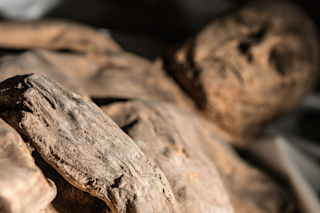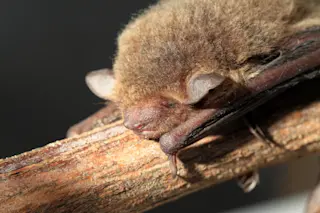The child mummy the researchers drew their samples from. (Credit: Kiril Cachovski/Lithuanian Mummy Project) The oldest genetic sample of smallpox ever studied could rewrite the timeline for this deadly disease, which ravaged Europe and much of the world beginning in the eighteenth century. Using tissue samples taken from the mummy of a Lithuanian child dating back to the 1600s, an international team of researchers reconstructed the full RNA sequence of the smallpox virus strain that likely killed her. By comparing this genetic information to more recent samples, the team pieced together a phylogenetic tree that traces the history of the virus over the past few centuries. They say that a particular smallpox strain responsible for millions of deaths emerged only within the past two or three hundred years.
While it is considered eradicated today, reports of smallpox infections go back millennia, and are based on anecdotal evidence and the the ...














